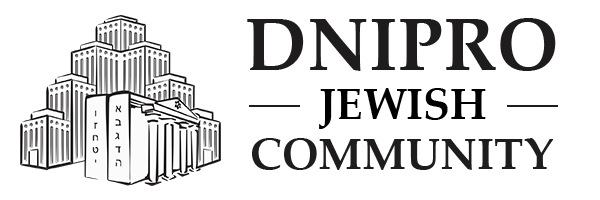On the second night of Passover, the countdown to the days between Passover and Shavuot begins – Sfirat HaOmer. This name reminds us of the “omer” – a measure of barley flour that was brought to the Temple as a sacrifice to G-d on the second day of Pesach.
The rite of counting the days of the Omer is performed daily after dark. Immediately before the countdown, the appropriate blessing is recited. The period of time between the Omer sacrifice and the holiday of Shavuot is called the “days of the Omer counting.”
49 days separate the first day of Passover from the holiday of Shavuot. The Torah commands us to count these days, so every day we say: “Today is such-and-such a day after the bringing of the Omer.”
The period of Sfirat HaOmer has the status of partial mourning (with the exception of Lag BaOmer). In the time of Rabbi Akiva, it was during this period that a terrible epidemic broke out among his disciples, killing many thousands of them. The epidemic lasted 33 days. The deaths of Rabbi Akiva’s students, the future teachers of all of Israel, caused enormous spiritual damage to the Jewish people.
That is why, during the first 33 days of the Omer countdown, the period between Passover and Shavuot, Jews still observe a number of mourning customs: they do not cut their hair, shave, or organize loud feasts and wedding ceremonies. Although there are different opinions and traditions regarding the exact dates of mourning, it is generally accepted that the epidemic stopped on Lag Ba Omer, and therefore mourning customs are canceled on this day.
The commandment “Sfirat a-Omer” is intended to emphasize the superiority of spiritual freedom over physical freedom. Freed from Egyptian slavery, the children of Israel only found true freedom when, 49 days after the exodus from Egypt, they received the Torah at Mount Sinai. Knowing that the goal of liberation was to receive the Torah, they eagerly counted how many days had passed and how many days remained.




